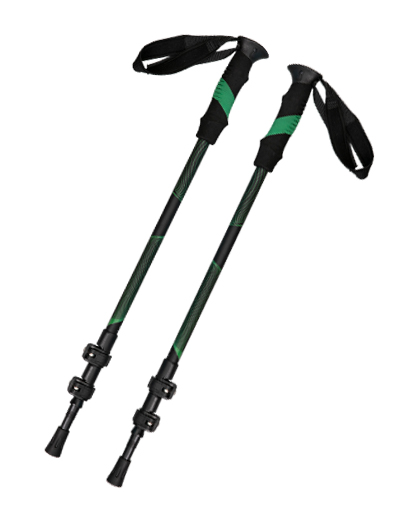

Trekking poles are an integral part of any hiking trip. Often used as a means of balance, trekking poles have been around for many years and are still a staple of most treks. Whether you are planning a mountaineering adventure in the Himalayas or a lazy day hike through the Swiss countryside, you are going to need a sturdy and reliable pair of trekking poles. Popular trekking poles include trekking poles, sit-on-top poles, and high ropes. These are all available in a wide variety of materials, but for the best stability, plastic is the recommended pole material. Plastic trekking poles tend to be less expensive than aluminum, which makes them a great option for budget-conscious hikers.
The proper technique when using trekking poles is perhaps the most important aspect of enjoying your trip. For an ideal fit and balance, it is important to choose the correct length for the length of your legs. Longer trekking poles tend to give the user a longer torso and legs, while shorter poles will result in shorter legs and arms.
Proper technique also includes choosing the correct length for your trekking poles. While sitting, down-sides of the poles can create an uncomfortable balance if not held properly. Longer poles generally provide a more stable platform for the weight being placed upon them. For those that may be walking, lightweight trekking poles will give the legs more flexibility. This is because the weight is spread out over a large area and not concentrated in a small area.
Most trekking poles come in two basic styles - telescoping and folding. Telescoping trekking poles, as the name suggests, feature a telescoping tippet. As the name implies, this is a long piece of rope that is connected by a series of breaks. When the trekking pole is extended, it can be extended further. Although this increases its length, this style is not recommended for those that have back problems or difficulties carrying a pack.
Folding trekking poles, on the other hand, feature a single piece of material that is attached at the end of the pole. Because it is shorter, it is often used by hikers who prefer a compact form of protection. However, some of these are more durable than their telescoping counterparts. This type is often recommended for beginners because it offers less protection but provides extra durability.
Both telescoping and folding poles came in many shapes and sizes. Many of them come in different colours. Some of them are designed to be used on either sides or above (commonly called cross poles) while others are designed to be used alone (known as fixed-length poles). Some poles allow for both types of use, while others require one or the other. For example, most cross poles will fold down completely perpendicular to the ground when not in use.
